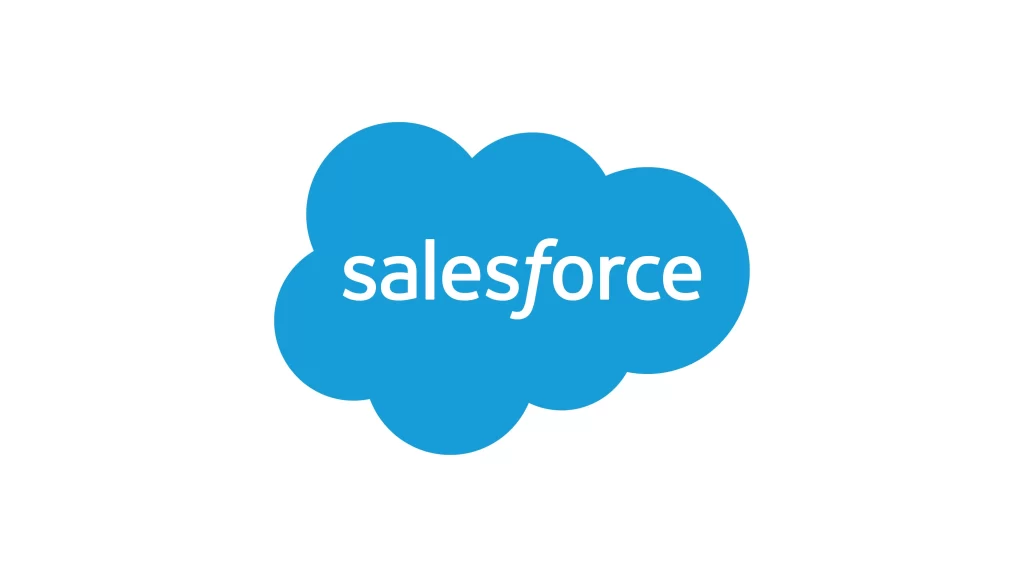Salesforce, a leading cloud-based software company, has been one of the most active players in the technology sector when it comes to mergers and acquisitions (M&A). Since its inception in 1999, Salesforce has pursued an aggressive M&A strategy, investing over $64 billion in acquiring companies across sectors such as Internet software, IT services, and analytics.
Key M&A Milestones and Strategic Decisions
- Early Acquisitions (2006-2010):
-
- Salesforce’s acquisitions during its early years were centered on enhancing its core CRM offerings. The purchase of Instranet (2008) for $31.5 million strengthened its customer service capabilities.
- Expansion into Marketing and Analytics:
-
- ExactTarget (2013): Acquired for $2.5 billion, this acquisition marked Salesforce’s foray into digital marketing, with ExactTarget’s tool, Pardot, becoming a cornerstone of Salesforce’s Marketing Cloud.
- Tableau (2019): In one of its largest deals, Salesforce acquired the data visualization company for $15.7 billion to enhance its analytics capabilities.
- Enterprise Collaboration:
-
- Slack Technologies (2020): The $27.7 billion acquisition was Salesforce’s largest and was a strategic move to compete with Microsoft Teams in the enterprise communication space. Despite challenges in achieving profitability, this deal aligned with Salesforce’s vision of creating a collaborative ecosystem for businesses.
- Focus on Industry-Specific Solutions:
-
- Vlocity (2020): Acquired for $1.3 billion, Vlocity’s industry-specific cloud solutions aligned with Salesforce’s strategy to offer tailored CRM services for sectors like healthcare and finance.
- AI and Automation Investments:
-
- ClickSoftware (2019) and Evergage (2020) provided tools for field service management and personalized marketing, respectively. These acquisitions aimed to strengthen Salesforce’s AI-driven services.
Here’s a table listing Salesforce’s ten largest mergers and acquisitions, showcasing their value and strategic focus:
| Acquisition | Year | Value (USD) | Focus |
| Slack Technologies | 2020 | $27.7 billion | Enterprise collaboration and communication |
| Tableau Software | 2019 | $15.7 billion | Data visualization and analytics |
| ExactTarget | 2013 | $2.5 billion | Marketing automation |
| ClickSoftware | 2019 | $1.4 billion | Field service management |
| Vlocity | 2020 | $1.3 billion | Industry-specific cloud solutions |
| Demandware | 2016 | $2.8 billion | E-commerce platforms |
| MuleSoft | 2018 | $6.5 billion | API management and integration |
| Buddy Media | 2012 | $689 million | Social media marketing |
| Krux | 2016 | $700 million | Data management platform |
| Evergage | 2020 | Undisclosed (estimated ~$100M) | Personalization and marketing AI |
Successes and Challenges
Successes:
- The ExactTarget and Tableau acquisitions proved transformative, significantly expanding Salesforce’s market presence in marketing automation and analytics.
- Vlocity enabled Salesforce to target niche industries effectively, contributing to its verticalized cloud strategy.
Challenges:
- The Slack acquisition faced integration hurdles and questions about long-term profitability.
- Some smaller acquisitions, such as Krux (2016) for $700 million, were criticized for not delivering expected returns due to challenges in market competition and integration.
Strategic Decisions and Reasoning
Salesforce’s M&A strategy has been deeply tied to its mission of staying ahead in the fast-paced tech landscape. Its approach includes:
- Enhancing Core Capabilities: Acquiring companies to bolster existing products, such as Tableau for analytics.
- Expanding into New Markets: Moves like the Slack acquisition allowed Salesforce to venture into enterprise collaboration.
- Future-Proofing through AI and Automation: Recent investments in companies offering AI and machine learning solutions highlight Salesforce’s commitment to innovation.
While some acquisitions underperformed, Salesforce’s overall M&A strategy has significantly expanded its ecosystem, growing its revenue from $4 billion in 2014 to over $35 billion in 2024.
For Salesforce, M&A remains a cornerstone of its growth, shaping its future in cloud computing, AI, and customer relationship management.

